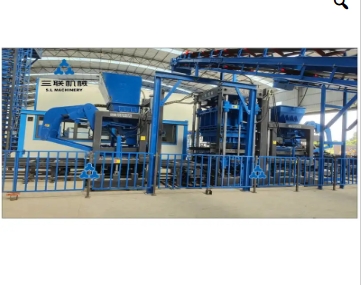Personal Protective Equipment (PPE): Proper use of gloves, goggles, helmets, and ear protection.
Hazard Awareness: Identification of potential hazards associated with the machine and work environment.
Operating Procedures: Detailed instruction on how to operate the paving stone machine, including start-up and shutdown processes.
Control Functions: Familiarization with the controls, buttons, and features of the machine.
Routine Maintenance: Training on daily checks, lubrication, and basic maintenance tasks.
Troubleshooting: Identifying common issues and understanding how to resolve them.
Types of Materials: Understanding the different types of aggregates and binders used in paving stone production.
Mixing Ratios: Knowledge of the correct mix ratios for optimal paving stone quality.
Quality Standards: Training on the specifications and standards for paving stones.
Testing Procedures: Understanding how to conduct tests on the final product to ensure compliance.
Waste Management: Proper disposal of waste materials and understanding environmental regulations.
Dust Control: Techniques to minimize dust emissions during operation.
Emergency Shutdown: Knowledge of how to quickly and safely shut down the machine in an emergency.
First Aid Training: Basic first aid skills and emergency response procedures.
Supervised Operation: Practical training under the supervision of an experienced operator.
Simulations: Use of simulated scenarios to practice operation and emergency responses.
Certification Programs: Completion of a recognized training program may be required, often culminating in a certification that verifies competency in operating the paving stone machine.
Overall, the goal of training is to ensure that operators can safely and efficiently operate the machine while producing high-qua lity paving stones.
lity paving stones.
Previous: How do you measure the effectiveness of a block machine operation?
Next: How do you choose the iron pipe fittings for a specific application?
Copyright:@2020-2021
Comments Please sign in or sign up to post.
0
0 of 500 characters used